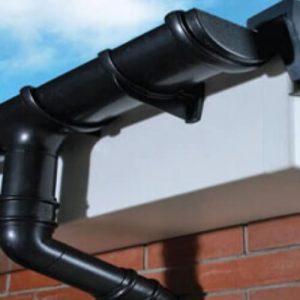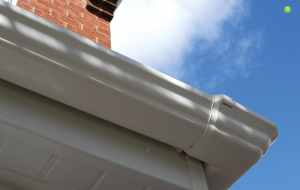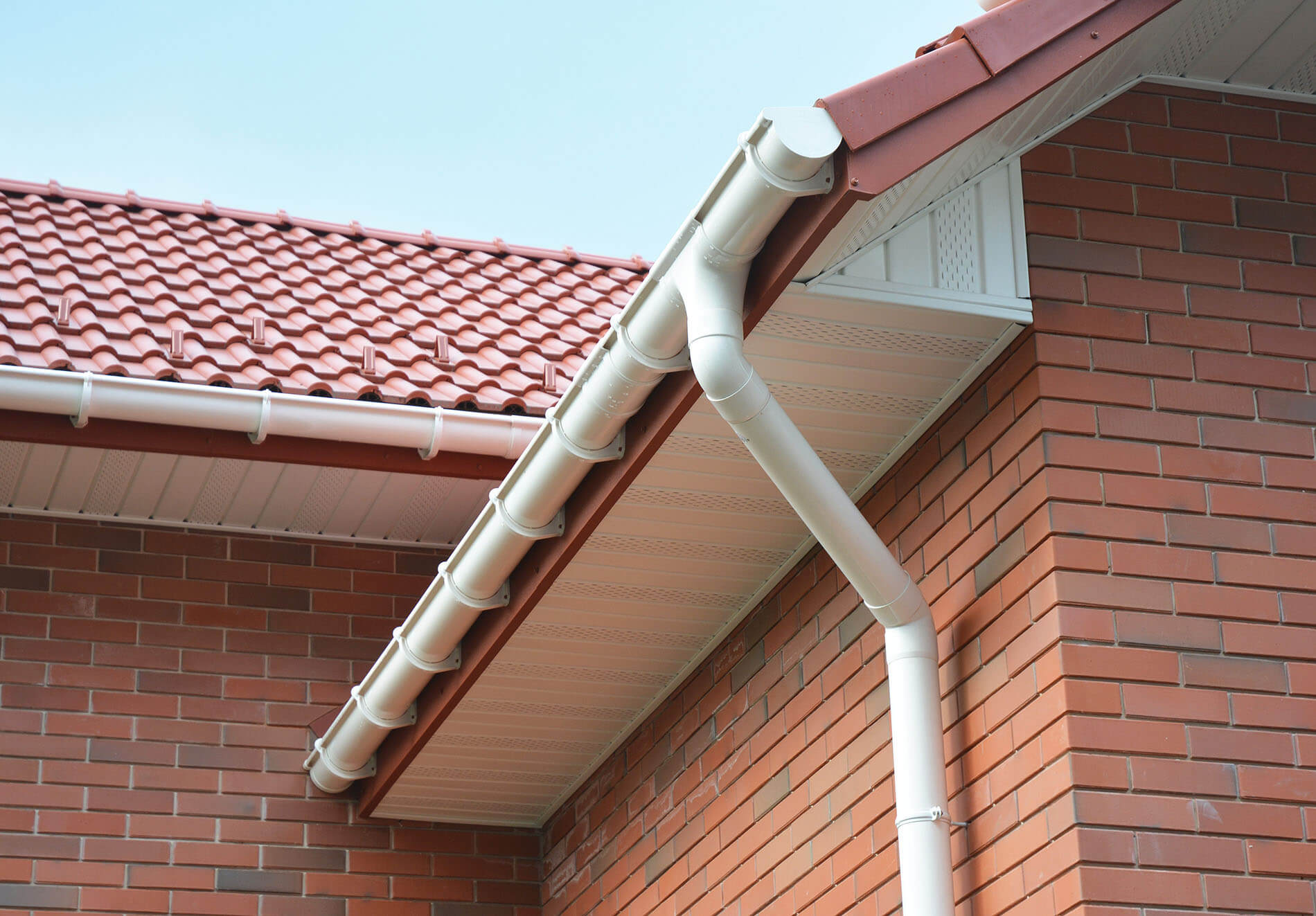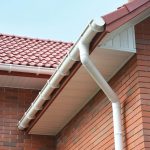How To Choose The Best uPVC Fascias And Soffit Installers in Kent
There are many things to consider when choosing the right fascias and soffits installers for your home in Kent. With a host of soffit and fascias installers on the market, choosing the best candidate for the job isn’t easy. Your research is essential when doing so. The first thing is to research the quality and suitability of their work. Examine your photos of projects they have completed in the past before you hire them for the project. Check out their portfolio to see what type of soffits and fascias they have installed in similar homes. That way you will have a good idea about the scope of work of the potential installer.
 Any uPVC fascias and soffits Kent installers who are worth their salt know that they should use only ring shank nails for the project at hand. Ring shank nails are also known as poly pop pins and are available in three different sizes. In fact, 65mm is the best for the average job. There are also 40 and 50mm poly pop pins on the market. Anything below 40mm shouldn’t be used for your project. Make sure the installer doesn’t use 40mm poly pop pins for the project.
Any uPVC fascias and soffits Kent installers who are worth their salt know that they should use only ring shank nails for the project at hand. Ring shank nails are also known as poly pop pins and are available in three different sizes. In fact, 65mm is the best for the average job. There are also 40 and 50mm poly pop pins on the market. Anything below 40mm shouldn’t be used for your project. Make sure the installer doesn’t use 40mm poly pop pins for the project.
If the gutters in your home are more than 10 years old, you should consider replacing the gutters when installing soffits and fascias in your home. In fact, you are already paying for the labour cost to remove and refit the soffits. A reliable soffit and fascias installer should suggest replacing old gutters in your home. An experienced soffits and fascias installer may use his own temporary work platform when carrying out the project. This helps the installer reduce the costs of the project. If the project requires a full scaffold, it may significantly increase the cost of the project. Ask the installer if he will be using a scaffold for the project. If so, what type of scaffold? These are important things to ask the Kent installer before hiring the candidate for the project.
Ask the soffits and fascias installer if they are insured for accidents and damages to your property. They should have adequate public liability insurance to cover any injuries or damages to your property. Never work with a soffit installer who doesn’t have adequate liability insurance coverage. You are liable to pay for any damages to the property or injuries to the installer if the company doesn’t have adequate insurance. Ask the installer to show you a copy of his insurance certificate to verify the matter. These are important things to consider when choosing the best uPVC fascias and soffits installer for your project.
Don’t forget to get a quotation for the job. A fixed-price quote is the best in this regard. Ask for a fixed-price quote instead of an estimate when getting quotations for your project. Ask if the installer uses subcontractors for the job. Does the installer provide a comprehensive warranty for labour and products used? These are important things to consider when choosing the best uPVC installers in Kent.
What are uPVC Fascia and Soffits?
uPVC Fascias
The fascia board is usually connected at the point where a roof is meeting the outer wall of a house. The fascia is also known as the roofline. The fascia board is a long and straight board that is directly fixed to the lower ends of the roof trusses. The fascia is responsible for carrying the weight of all guttering in a house. uPVC fascia is a term used to describe PVC fascias. uPVC is unplasticised PVC – which isn’t pliable like PVC materials used to make kids toys.
 uPVC Soffits
uPVC Soffits
The word soffit is a French word which translates to “something fixed underneath.” Soffits are mostly used in the main roofing area. But they can also be used under porches and under flights of stairs. Soffits are made from many different materials like fibre, steel, wood, cement, and unplasticised PVC or uPVC. In fact, uPVC soffit is considered a superior investment compared to the other alternatives on the market. uPVC soffits come with an impressive resilience which makes it impervious to warping or rotting. uPVC soffits can easily withstand severe weather conditions. You don’t need to paint such soffits from time to time.
Soffit serves a dual purpose by enhancing the appearance of the roof and protecting the rafters from weather elements. Rafters can rot and become breeding grounds for mould in your home if not for soffit. Soffits work to allow air to circulate around the house while limiting the moisture that could get through into the house. That way it prevents damp problems in your house. uPVC soffits come with better insulation properties and don’t root like wood soffits. uPVC soffits come in a wide range of finishes and colours for you to choose from. You can customise the house with the right type of uPVC soffits on the market.


